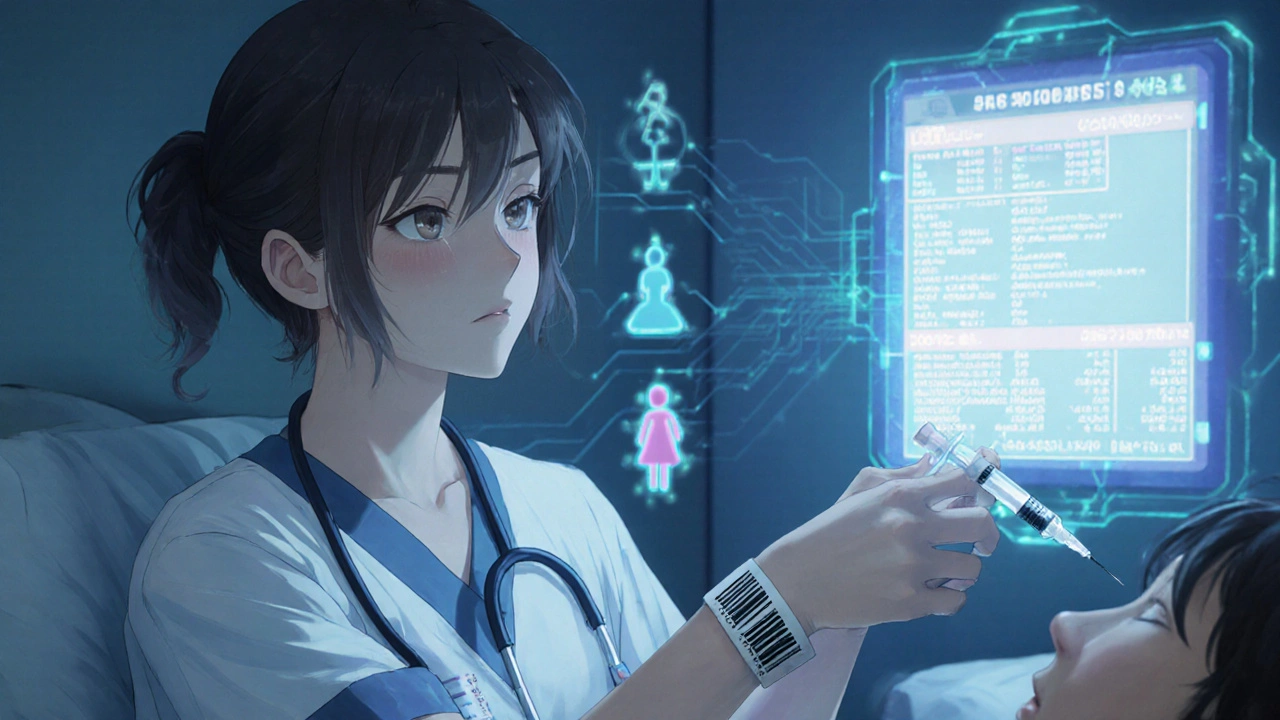Communication in Healthcare: Why Clear Talks Save Lives
When communication in healthcare, the exchange of information between patients, doctors, nurses, and pharmacists that determines treatment outcomes. Also known as patient-provider communication, it's the invisible thread that holds every medical decision together. Poor communication isn't just awkward—it’s deadly. A study by the National Academy of Medicine found that over 80% of serious medical errors involve miscommunication. That’s not a typo. It’s not about who’s at fault. It’s about how often critical details get lost in translation—between a doctor rushing through a visit, a patient too scared to ask questions, or a pharmacist misreading a handwritten note.
Think about health literacy, a patient’s ability to understand medical instructions, medication labels, and treatment plans. If someone can’t read a prescription label or doesn’t know what "take with food" means, they’re not being careless—they’re being set up to fail. This isn’t rare. Nearly half of U.S. adults struggle with basic health info. That’s why medical errors, preventable mistakes in diagnosis, treatment, or medication that harm patients keep happening. A patient on blood thinners might not tell their doctor they started taking turmeric supplements because they didn’t realize it could cause bleeding. A nurse might miss a drug interaction because the electronic record didn’t flag it clearly. These aren’t glitches—they’re systemic failures rooted in how we talk to each other.
Good communication isn’t just about speaking clearly. It’s about listening, confirming, and simplifying. It’s when a pharmacist calls back to check if the patient understood how to use an inhaler. It’s when a nurse uses a picture chart instead of medical jargon to explain a surgery. It’s when a doctor asks, "What’s your biggest worry about this treatment?" instead of just listing options. healthcare teamwork, how doctors, nurses, pharmacists, and support staff coordinate to deliver safe, consistent care depends on this. One person missing a detail can ripple across a whole care team. That’s why the best clinics don’t just train staff in medical skills—they train them in conversation.
What you’ll find here aren’t abstract theories. These are real stories from people who’ve been on both sides—the patient who nearly overdosed because they misunderstood their dosage, the nurse who caught a deadly interaction because she asked one extra question, the pharmacist who redesigned labels after seeing too many patients confused by tiny print. We’re not talking about being nice. We’re talking about survival. If you’ve ever felt lost in a hospital, misunderstood by a doctor, or scared to ask for help—you’re not alone. And the fixes are simpler than you think.
How to Verify Dose Changes and Avoid Miscommunication in Healthcare
Learn how to verify medication dose changes using proven protocols that prevent deadly miscommunication. Discover the 3-step verification process, when to use double checks vs. barcode scanning, and how SBAR communication saves lives.

